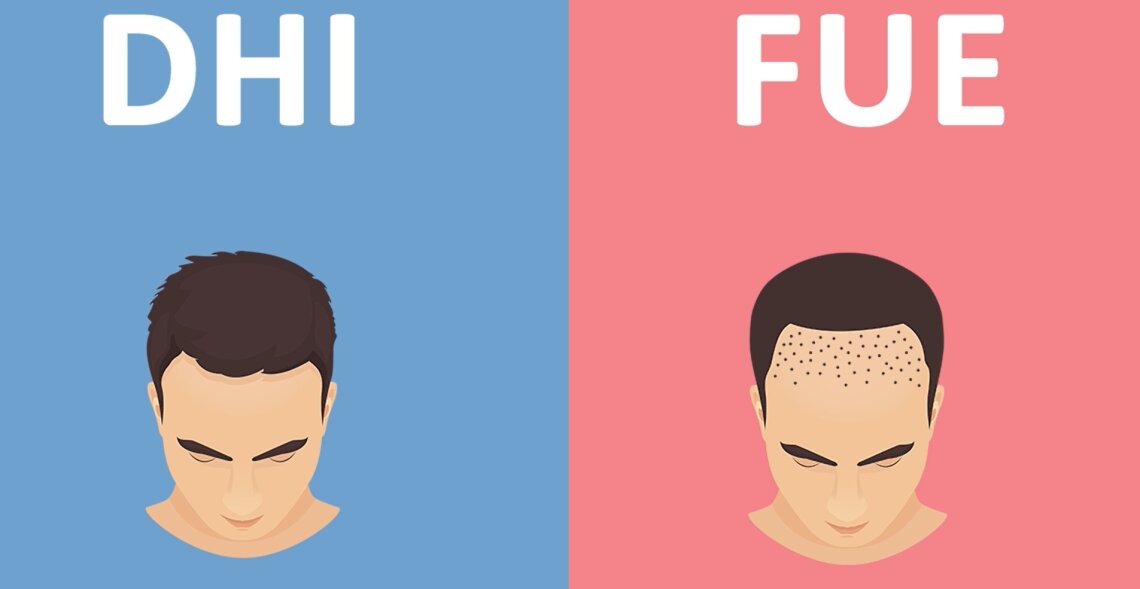
FUE and DHI aren’t terms most people consider until they sit down for a consultation. Both techniques involve relocating hair follicles from one part of your scalp to another. Typically from an area that still grows well to one where loss has taken hold. But the similarities stop there.
In FUE, a punch tool removes individual grafts. Then, tiny channels are opened in the recipient area, and each follicle is inserted manually. With DHI, the follicles are inserted using a pen-like device immediately after extraction—no channel is made beforehand.
FUE prepares space first. DHI implants directly. That difference shapes the entire experience.
FUE gives more control over large areas
If you’re dealing with extensive baldness—especially on the crown or along the hairline—FUE might be the preferred choice. The process allows surgeons to carefully space grafts and distribute density across a wider zone.
Because channels are created separately, it’s easier to cover more area during one session. That’s why FUE often suits people wanting maximum surface coverage.
It’s not about better or worse. It’s about what kind of transformation you’re seeking.
DHI allows better angle and direction—but takes longer
One of the key advantages of DHI is the ability to control every aspect of graft placement in one motion—angle, depth, and direction. That matters most around the hairline, where naturalness is judged most closely.
But this precision comes at a cost. The sessions are longer. The tools are more advanced. And fewer grafts can be placed in one sitting. For many, the higher price reflects the skill and time involved.
Still, if creating a natural front with minimal trauma is the goal, DHI may be worth the patience.
DHI keeps grafts outside the body for less time
Because DHI involves near-immediate implantation, the follicles spend less time out of the body. That can reduce exposure and potential damage.
It’s a subtle benefit. Not a guaranteed one. But for some patients, especially those with delicate follicles or finer hair types, this might make a difference in how many grafts actually grow.
Every follicle has a story—and the less interruption it experiences, the better.
FUE is often more versatile across scalp types
Some scalps are tighter. Some hair is curlier. FUE tends to adapt better to this variety. That’s why many clinics recommend it for Afro-textured hair, patients needing revision surgery, or those with thick donor regions.
DHI may not work as easily with extreme curl patterns or limited space.
FUE’s flexibility makes it a strong choice when one method doesn’t clearly stand out.
Downtime is similar—but DHI may feel gentler
Healing happens in stages for both. Swelling, redness, and small scabs are normal. But some patients find that DHI’s less invasive nature means less discomfort post-op.
That doesn’t mean it’s pain-free. And it doesn’t shorten recovery time by much. But you might find yourself less sore, or needing fewer painkillers.
No matter the method, the key is discipline in aftercare—not just the method itself.
Cost depends on method, but also on team
Yes, DHI tends to be more expensive. It’s more labor-intensive. Requires specific tools. And takes longer. But price alone doesn’t tell the full story.
A high-priced FUE session by a master technician may outperform a cheaper DHI session performed quickly. What matters is skill, hygiene, attention, and follow-up.
Trust your clinic—not just their brochure.
Which is better? That depends on what you value
If you’re after natural density at the front, and have time and budget, DHI shines. If you want broad coverage in fewer sessions, FUE is likely more efficient.
There’s no universal best. Just a method that best fits your needs.
Ask yourself what matters more—speed, density, natural direction, or coverage. The answer will guide the method.
